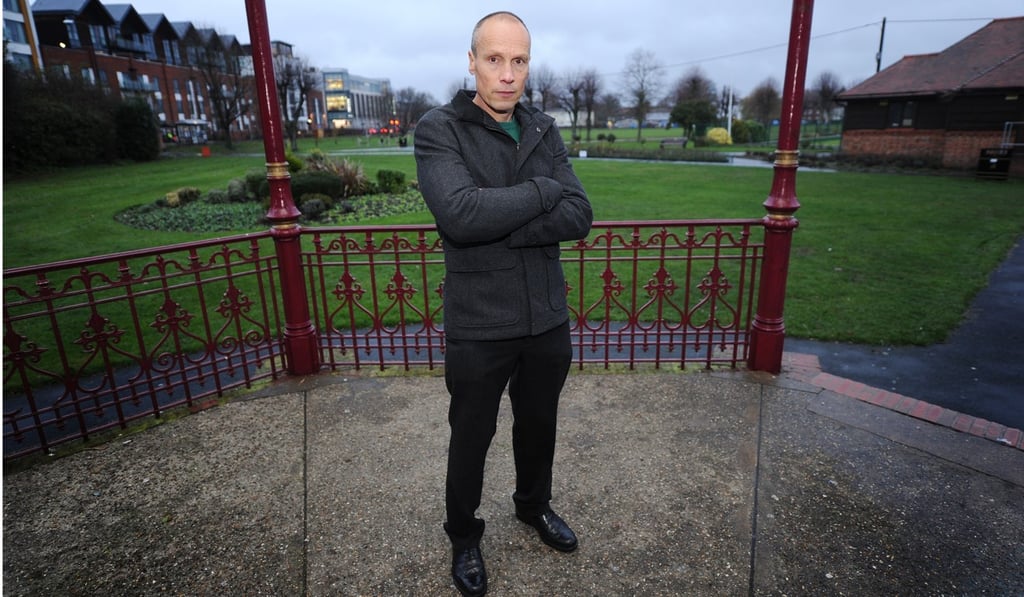Murder in Peking — two hot takes on a grisly 1937 cold case involving British teen
- Was Pamela Werner, who was 19 when she was raped, mutilated and left to die in a ditch, the victim of a trio of sexual deviants or a spurned wannabe suitor?
- Writer Paul French’s bestseller conjures the city’s oh-so Badlands while ex-police officer Graeme Sheppard taps 30 years of experience to assess the evidence

A semi-busy coffee shop in Newbury, a small market town about 80km west of London, is not the most obvious place in which to examine an unsolved murder that occurred decades ago in Beijing (then Peking). But Newbury is where I head, on a chilly winter day, battling the cold and Britain’s unreliable trains.
Luckily, patience is a virtue possessed by Graeme Sheppard, who has waited calmly for my arrival, though the word he uses to describe himself is “dogged”.
Sheppard looks like a fitness instructor, possibly with a military background, or what he turns out to be: a recently retired police officer. He proves full of surprises, not least of which is that he started his working life as a keeper at London Zoo, in Regent’s Park.
“I left school at 16, which I have regretted ever since,” he says. “I lived and worked at Regent’s Park. It was a nice introduction to life; gave me good life experience.”
Recognising his ambitions to change the world were unlikely to be realised while looking after lions and tigers and bears, Sheppard joined the police force, where he remained for the next 30 years, largely with the Metropolitan Police Service and eventually with the Territorial Support Group, which specialises in public disorder and terrorist incidents.

“If you kill me,” Sheppard says at one point, “then all the CCTV between here and the train station, and everywhere else you might have gone, will be viewed.” The crime scene would be cordoned off, he adds, as would other locations of interest. There would be forensics, offender profiling and the now-extensive “digital follow-up”: thorough examinations of phones, computers and social media. This gathering of evidence occurs frantically in the “golden hour”, the period following the discovery of a body, when the chances of securing a conviction are at their highest.
